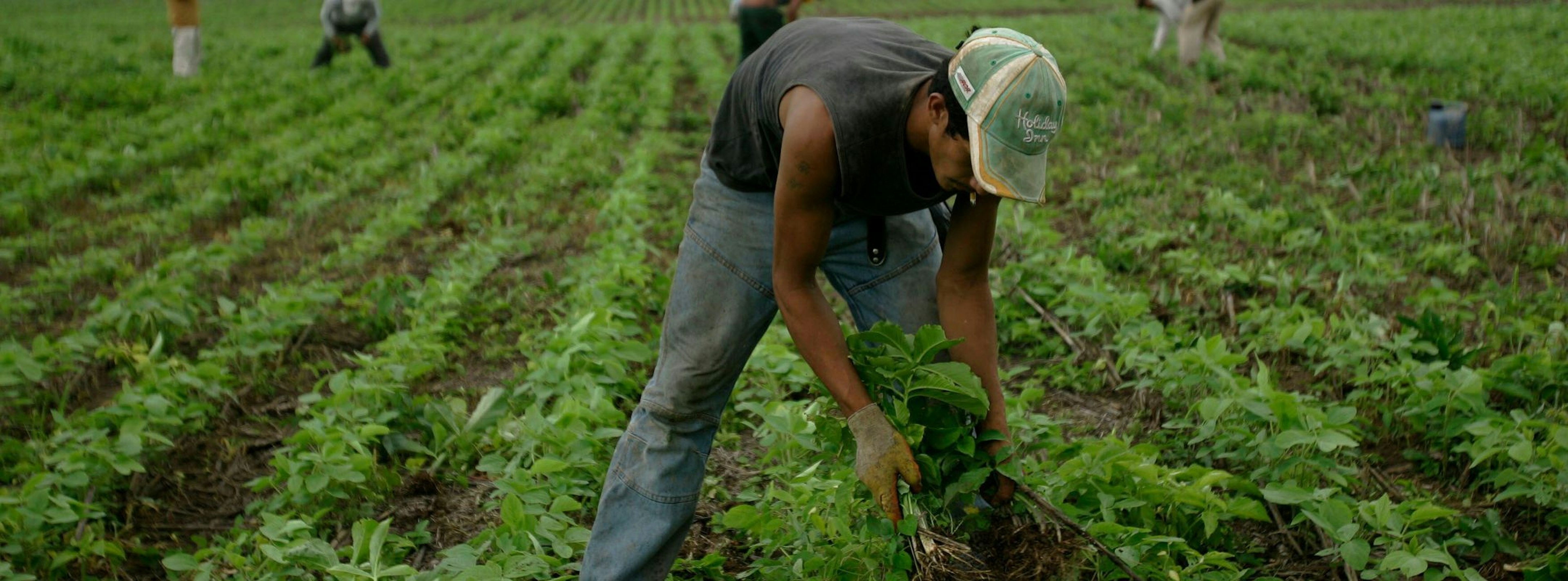Soy expansion drives deforestation in Bolivia
23 Aug 2023
7 min read
Also in:
EspañolThe rate of deforestation and land conversion driven by soy production in Bolivia is seven times higher than Brazil. Limited exports of soy from Bolivia beyond the Andes region means there is little exposure for the EU or other consumer markets outside South America.

Roberto Candia